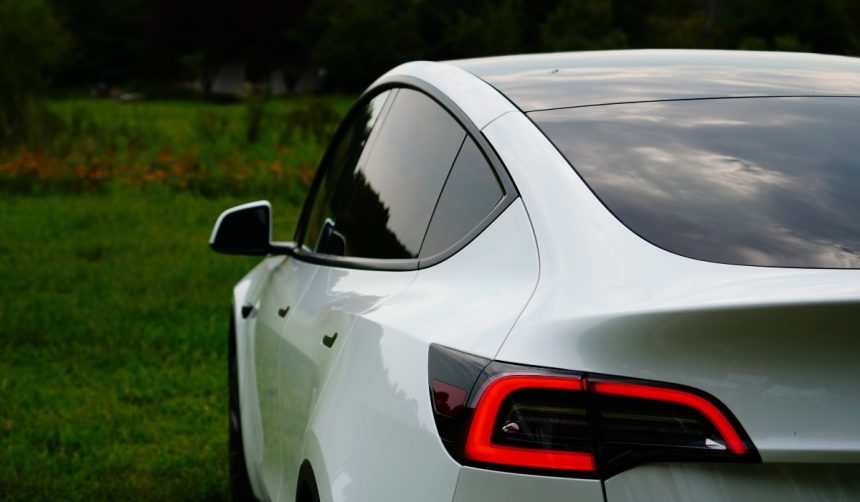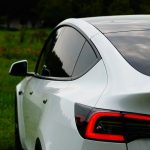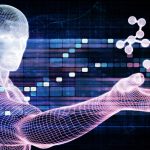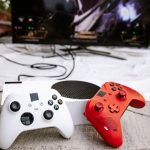Tesla continues to draw attention with its progression in robotics, as new revelations suggest that the production version of its humanoid robot, Optimus, will debut new features not previously seen by the public. The company currently employs Optimus units within its own operations, but a significantly revised model is expected for customers once shipments begin. Prospective buyers are closely watching to see what changes the next version will bring, especially as humanoid robotics become a focus in high-tech manufacturing. This shift could impact expectations about robot applications in commercial environments, influencing both competitors and consumers in the robotics field.
Initial news coverage of Tesla Optimus largely centered on early prototypes, with audiences encountering staged demonstrations and concept designs at events like AI Day in 2021. Public displays generally highlighted design progress rather than offering detailed specifications. Recent product demos have shown more advanced motion and improved physical capabilities, but reports have frequently pointed out that these units were still iterations for company use rather than ready-to-ship commercial versions. The newer information signals a marked difference in approach for the launch model, suggesting that Tesla aims to release a more polished and functionally robust humanoid for its end users.
How Has Optimus Evolved Since 2021?
Tesla’s Optimus project began with a static model and on-stage demonstrations featuring an actor in a robotic suit. Since then, subsequent prototypes, culminating in the Optimus V2, have shown steady technical refinement, including better mobility and control systems. CEO Elon Musk indicated at a staff meeting that producing a “legion” of these robots is a goal for the near future, emphasizing internal confidence in the technological improvements achieved so far.
What New Features Will Optimus V3 Offer?
When asked about the impact of the new version, Elon Musk specified that Tesla’s first customer-bound robots would represent a significant development over the V2 models. Unlike those already deployed internally, the V3 design is expected to support enhanced movement and more advanced dexterity. “The Optimus 3 design, as I mentioned earlier, is, I think, finding the right design. There will be further optimizations, but there are, I think, no fundamental changes that are needed for the Optimus 3 design. It has all the degrees of freedom that you really want or need,” Musk stated.
What Are the Implications for Tesla and Consumers?
The company has yet to publicly reveal the final V3 design, but comments point to improvements in both appearance and performance to meet public expectations. “There will be further optimizations, but there are, I think, no fundamental changes that are needed for the Optimus 3 design. It has all the degrees of freedom that you really want or need.” Musk’s remarks indicate that Tesla is working towards a product that balances innovation with reliability as they prepare for mass production and eventual delivery to buyers.
Tesla’s move to bring a redesigned Optimus robot to the commercial market signals a distinct shift in strategy compared to earlier public introductions that largely served as proofs of concept. The development from a static demonstration to a more capable, autonomous machine showcases the challenges in closing the gap between prototype and real-world deployment. For potential buyers and industry competitors, understanding the differences between iterative internal units and the final V3 version will be key. Factors such as degrees of freedom in robotics directly impact usability in diverse work settings. As Tesla refines Optimus for consumers, stakeholders should watch for not just design aesthetics but also the robot’s ability to perform practical tasks. A thorough evaluation of the eventual product’s public features, reliability, and adaptability to different user needs will ultimately determine its long-term significance and market fit.
- Tesla will launch Optimus V3 for consumers with a new, unseen design.
- The company aims to optimize movement and dexterity in the latest model.
- Public details on the robot’s final form and features remain limited.










